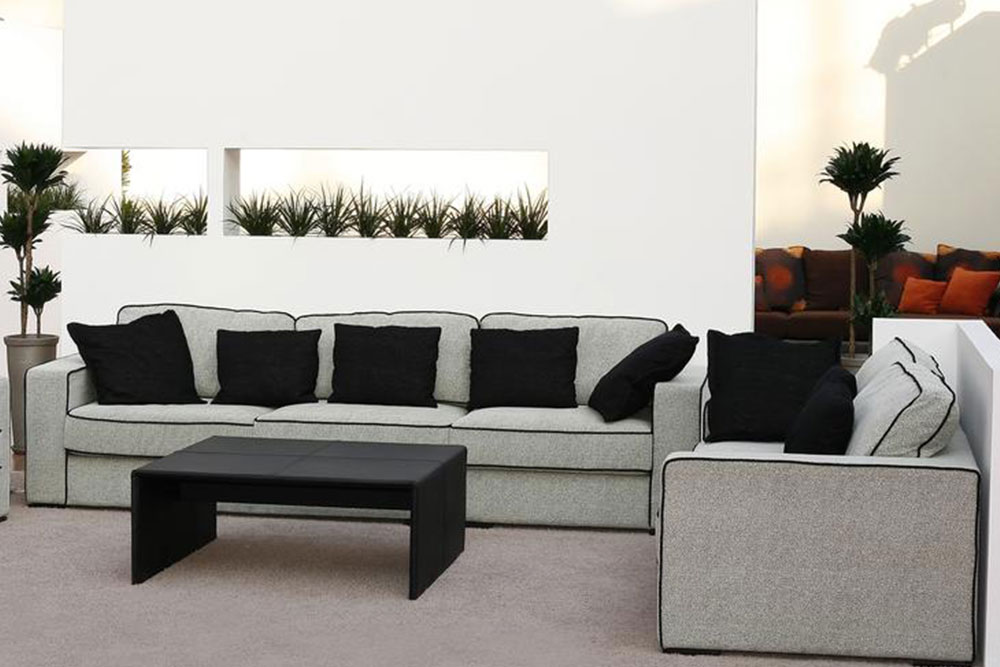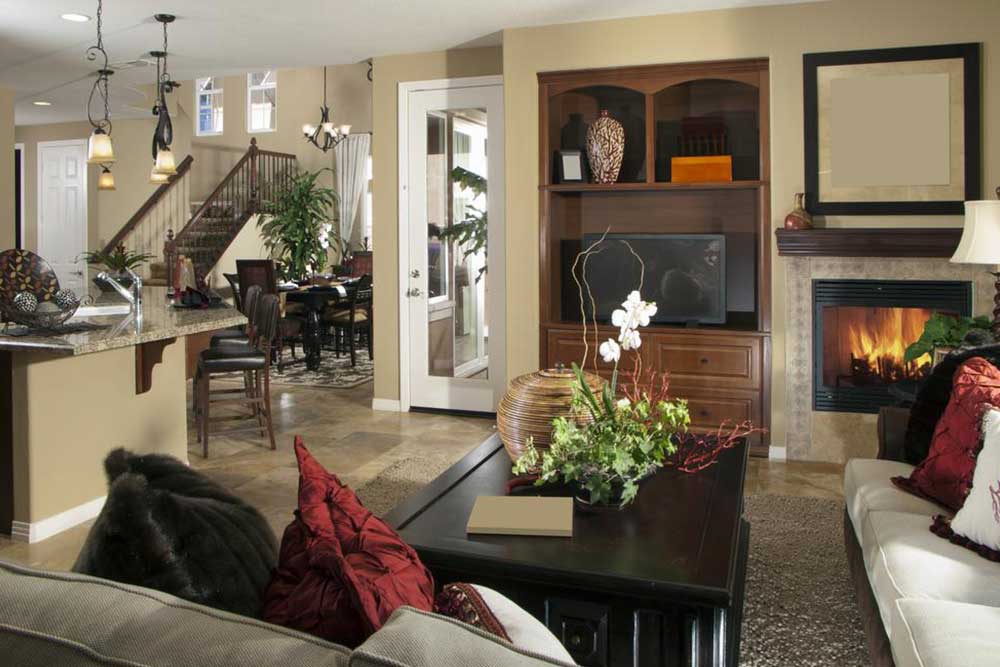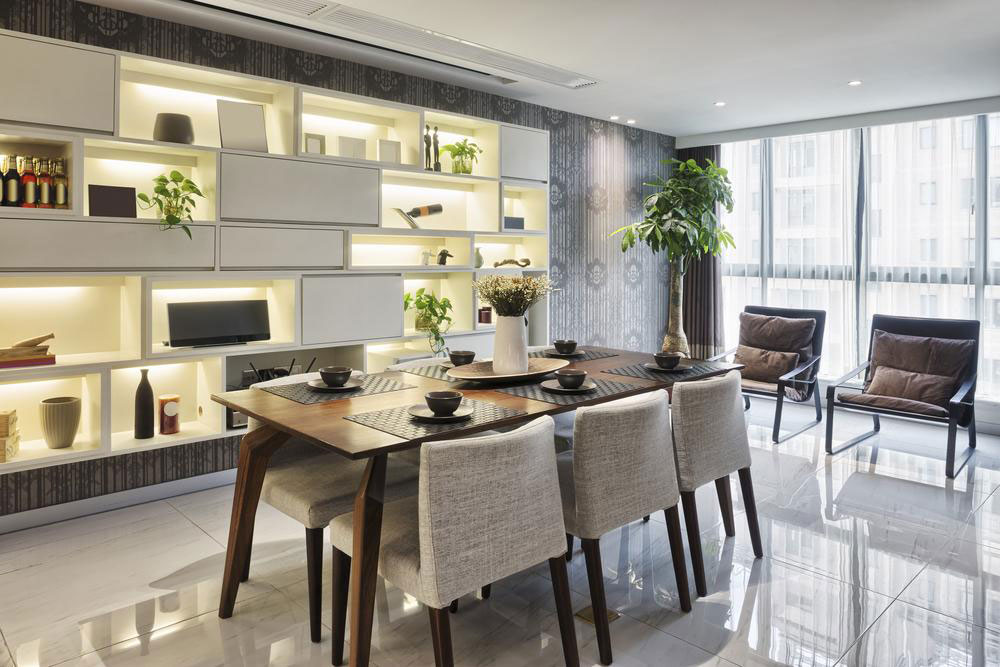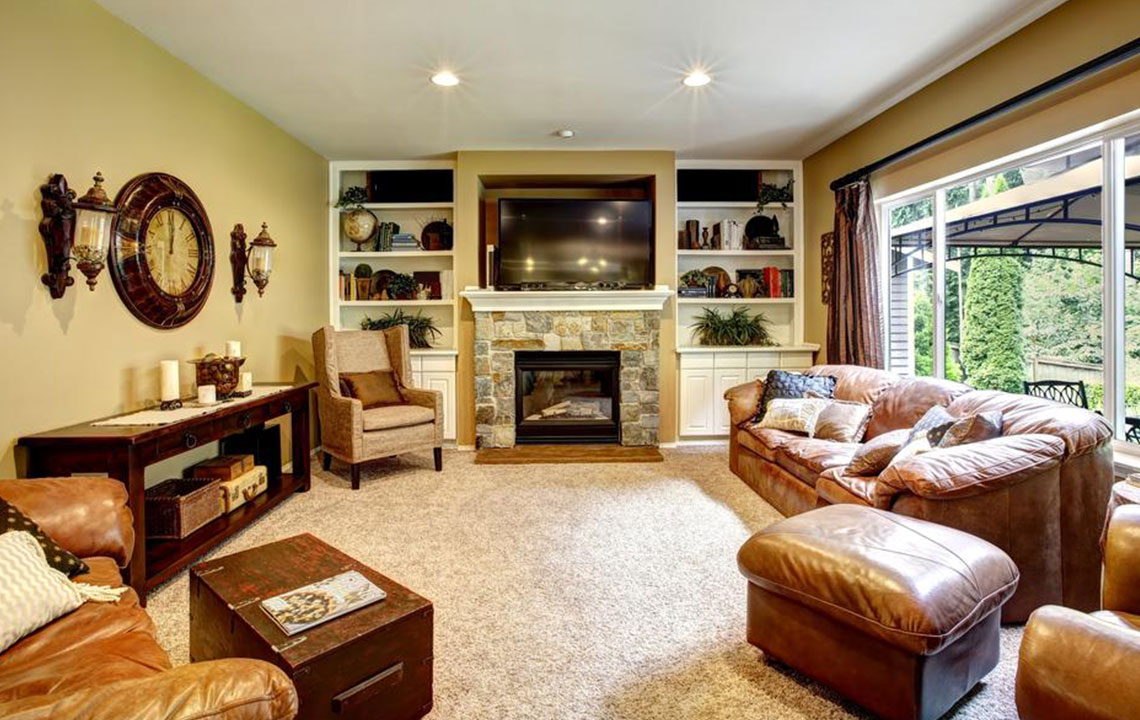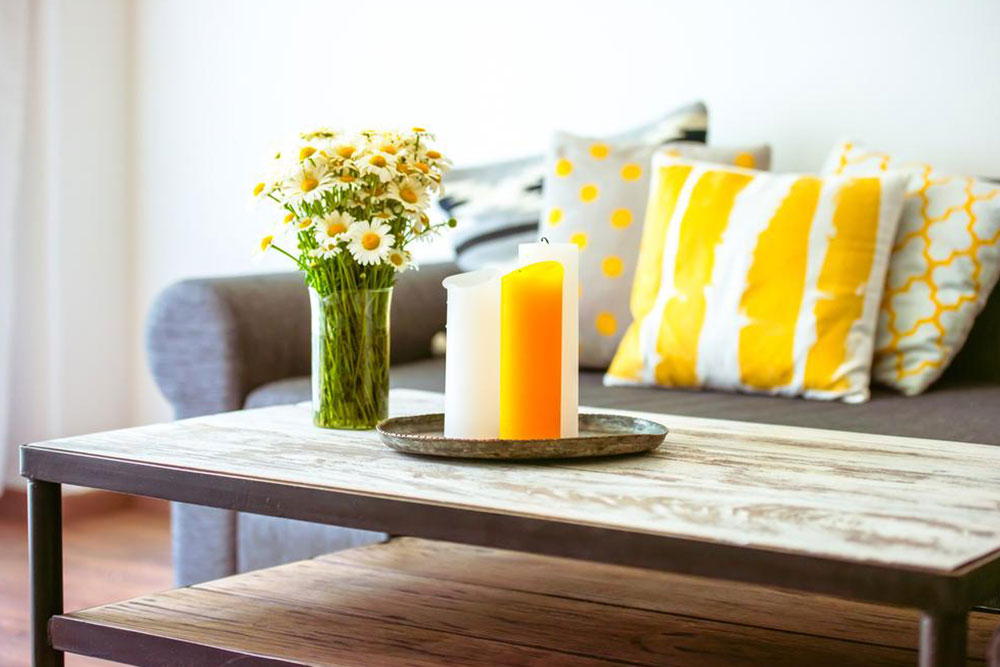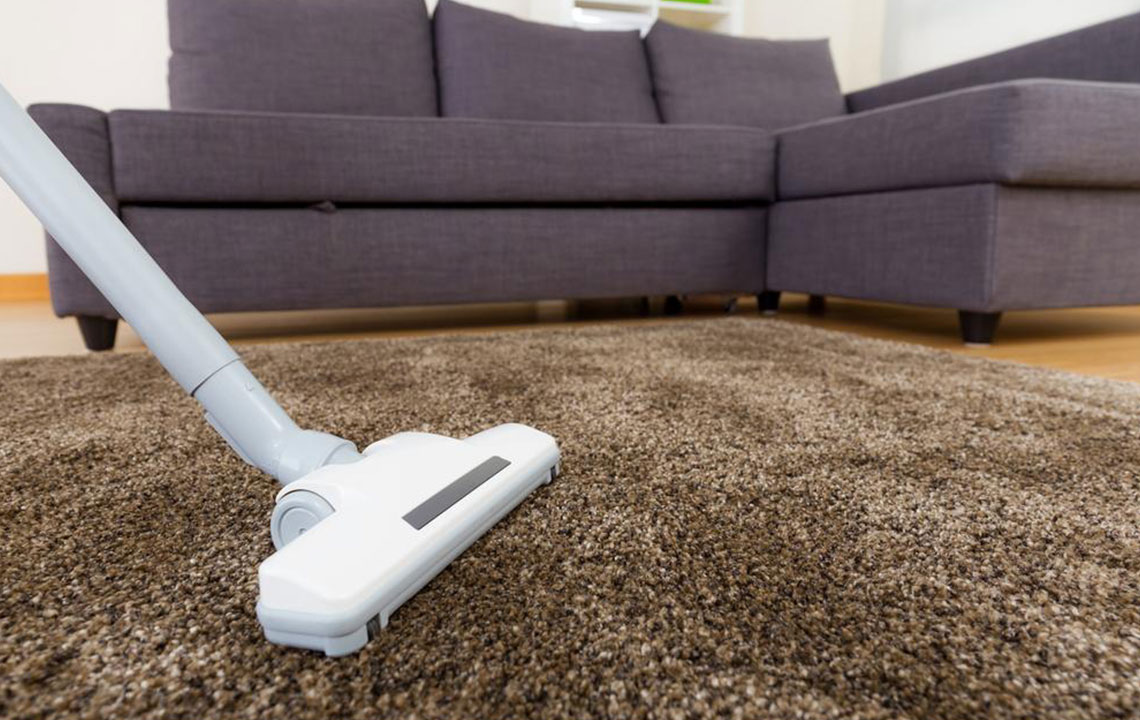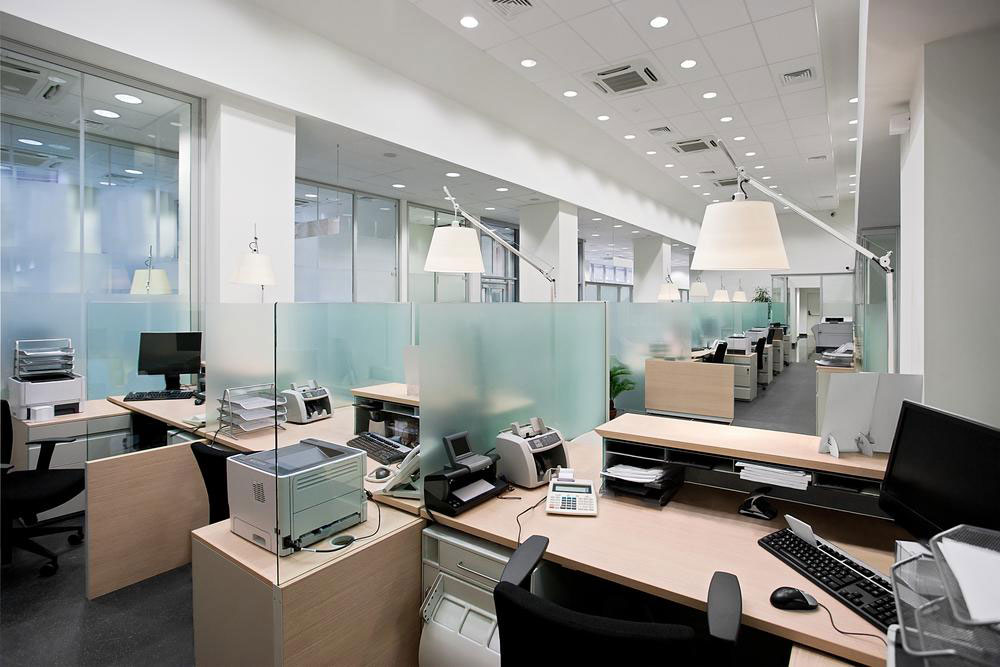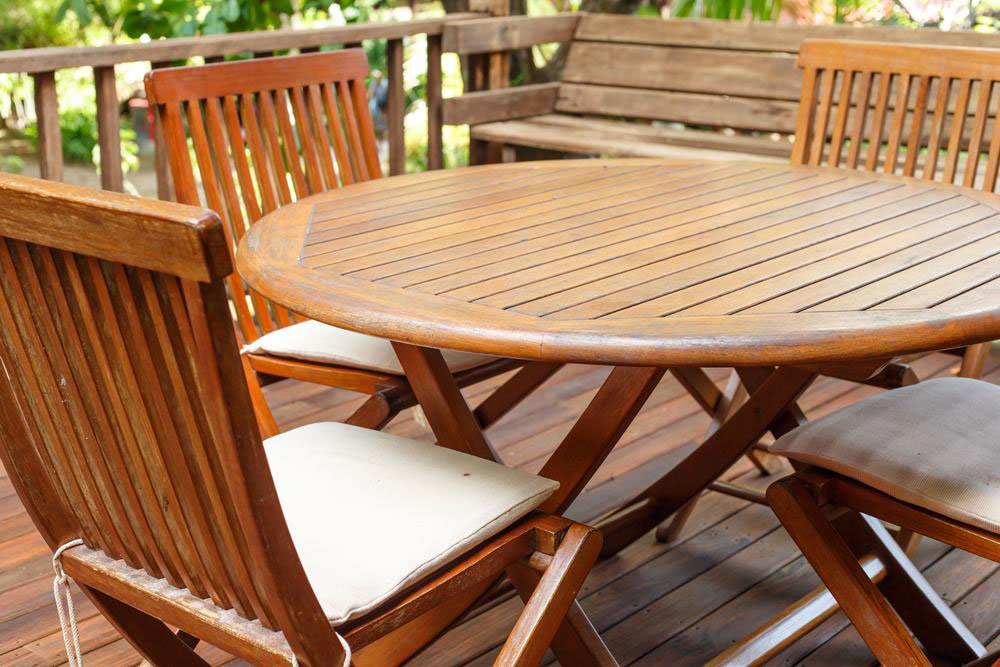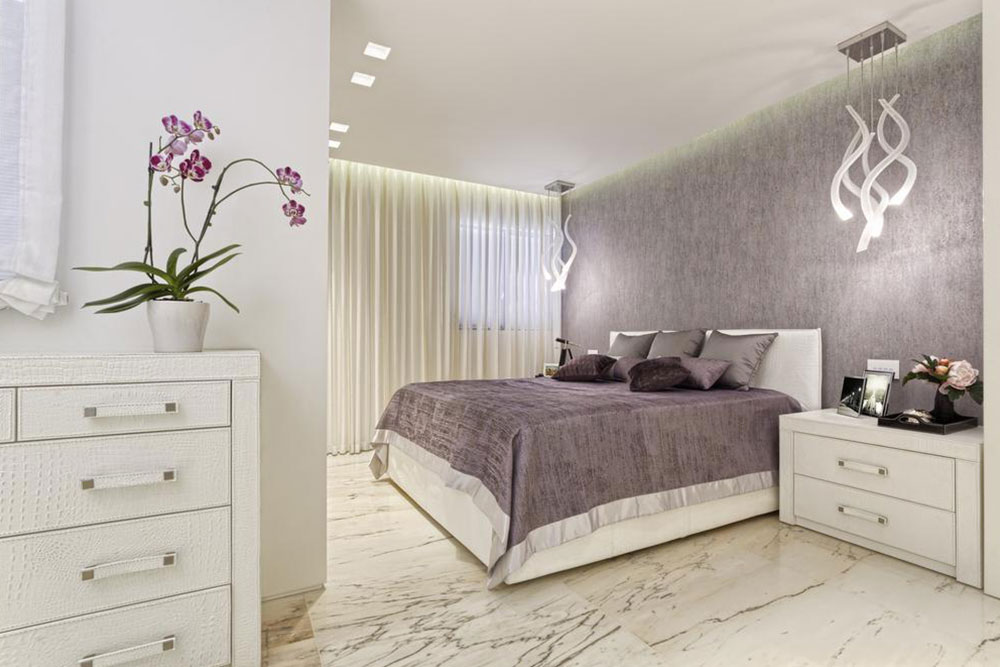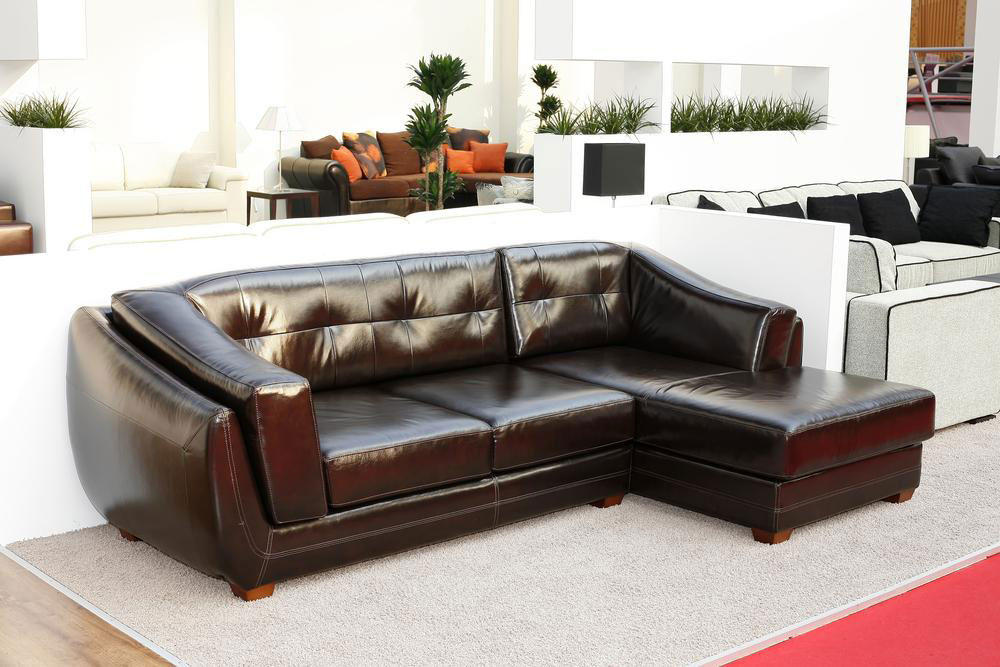Essential Furniture: Enhancing Human Living Spaces
Discover the significance of furniture in everyday life, from classic wooden pieces to modern desk designs. Learn how technological advancements influence furniture evolution, emphasizing functionality and aesthetics. This article explores various furniture types, materials, and technological impacts shaping contemporary interiors, making them both practical and stylish.
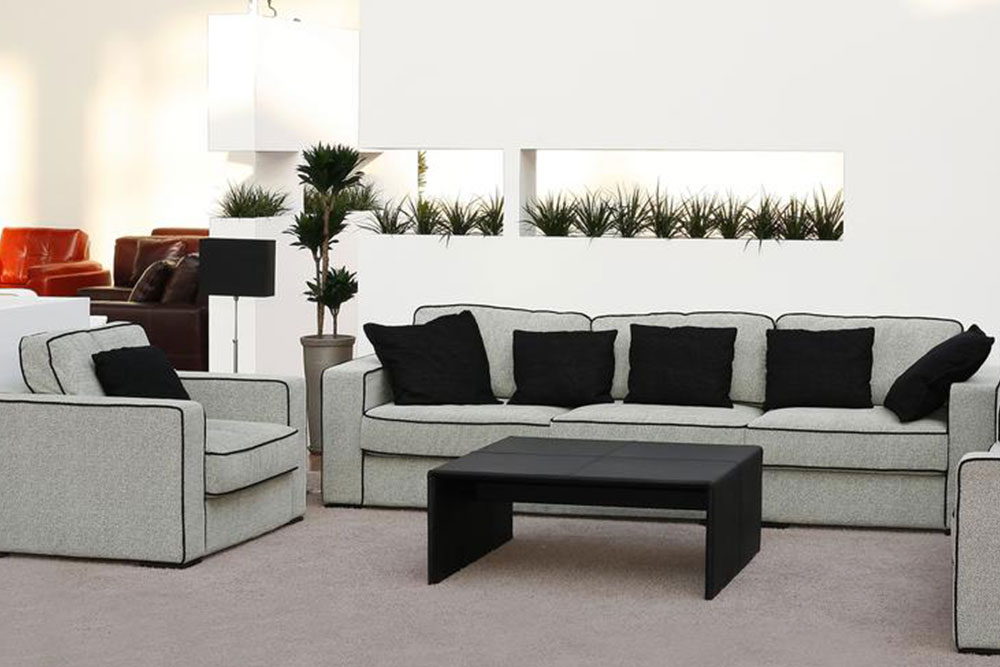
Essential Furniture: Enhancing Human Living Spaces
Furniture encompasses movable inanimate objects designed to support daily human activities. Items such as chairs, tables, cupboards, and stools are vital for functionality and aesthetic appeal in any environment. They play a crucial role in interior decoration, elevating the visual appeal of rooms. Typically crafted from wood, plastic, or metal, furniture has been integral to human civilization since ancient times. Early humans used natural elements like trees, stones, and moss as primitive furniture. The term 'furniture' originates from the French word fourniture.
Today, technological progress has led to diverse furniture options tailored for various needs, including:
- Beds (single, bunk, sofa beds, twin, master)
- Storage units like cupboards and chests
- Work surfaces and countertops
- Shelving units and bookcases
- Sofas and seating arrangements
- Wardrobes and closets
- Stools and chairs (indoor, outdoor, office, residential)
- Dining and coffee tables
- Cots and lounge furniture
- Laboratory benches and seating
Wooden furniture remains the most popular for its aesthetic appeal and durability, often adding elegance to interiors. Softwood and hardwood are the primary materials used, with hardwoods like walnut, cherry, mahogany, and oak being more premium and costly.
Office and Study Furniture: Evolving for Modern Needs
Desks, a key piece of furniture, serve as work surfaces used in schools, offices, and homes. Often called 'bureau,' desks are crafted from wood, metal, or sometimes tempered glass. They are designed to hold computers, books, and other essentials. They offer convenience through multiple drawers and often feature mobility with wheels for easy repositioning.
Impact of Technology on Desk Design
The rise of computers and digital devices has transformed desks from simple paper spaces to multifunctional workstations that accommodate laptops, monitors, and accessories. Today’s office setups often include cubicles equipped with individual desks, a phenomenon that gained popularity after the 1990s tech boom. A notable example is the Oval Office's 'Resolute Desk,' used by U.S. Presidents to symbolize authority and functionality.

